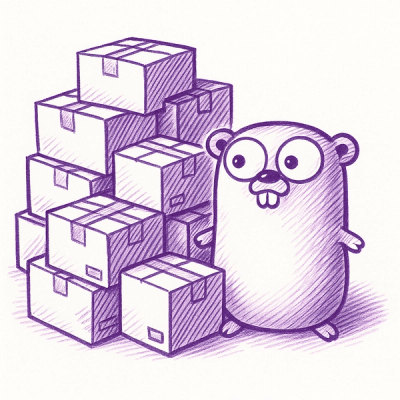
Research
/Security News
Malicious npm Packages Target WhatsApp Developers with Remote Kill Switch
Two npm packages masquerading as WhatsApp developer libraries include a kill switch that deletes all files if the phone number isn’t whitelisted.
A blog application for Django sites, inspired by classic WordPress, available on PyPI.
Warning - very alpha.
Why build another blog engine? These are my goals...
urls.py, and migrate.settings.py, content management in the Django admin.This package uses semantic versioning, but until we reach version 1.x.x, the following rules will apply:
If you choose to use this package prior to version 1.x being release, please pin your requirements to a specific minor version, e.g. djpress~=0.16.0
djpress by adding it to your requirements file, e.g. djpress~=0.16.0 (see versioning note, above).INSTALLED_APPS in Django:INSTALLED_APPS = [
# ...
"djpress.apps.DjpressConfig",
# ...
]
urls.py file.The following will set DJ Press to be available at the root of your site, e.g. https://example.com/
from django.urls import path, include
urlpatterns = [
# ...
path("", include("djpress.urls")),
# ...
]
If you want your blog to be in a subdirectory, use something like the following:
from django.urls import path, include
urlpatterns = [
# ...
path("blog/", include("djpress.urls")),
# ...
]
python3 manage.py migrateNote that this relies on the Django Admin for content management, so ensure that you have a user with at least
staffstatus to manage content.
In your settings.py file, create a DJPRESS_SETTINGS dictionary. Here are some common settings:
# DJPress settings
DJPRESS_SETTINGS = {
"SITE_TITLE": "My Awesome Blog",
"POST_PREFIX": "{{ year }}/{{ month }}", # blog post URLs are prefixed with "year/month": /2024/10/blog-post-slug/
}
There are lots more settings available. Please check the docs or look at the source code: src/djpress/app_settings.py
Documentation is a work-in-progress, but is available on GitHub Pages: https://stuartmaxwell.github.io/djpress
FAQs
A blog application for Django sites, inspired by classic WordPress.
We found that djpress demonstrated a healthy version release cadence and project activity because the last version was released less than a year ago. It has 1 open source maintainer collaborating on the project.
Did you know?

Socket for GitHub automatically highlights issues in each pull request and monitors the health of all your open source dependencies. Discover the contents of your packages and block harmful activity before you install or update your dependencies.

Research
/Security News
Two npm packages masquerading as WhatsApp developer libraries include a kill switch that deletes all files if the phone number isn’t whitelisted.

Research
/Security News
Socket uncovered 11 malicious Go packages using obfuscated loaders to fetch and execute second-stage payloads via C2 domains.

Security News
TC39 advances 11 JavaScript proposals, with two moving to Stage 4, bringing better math, binary APIs, and more features one step closer to the ECMAScript spec.